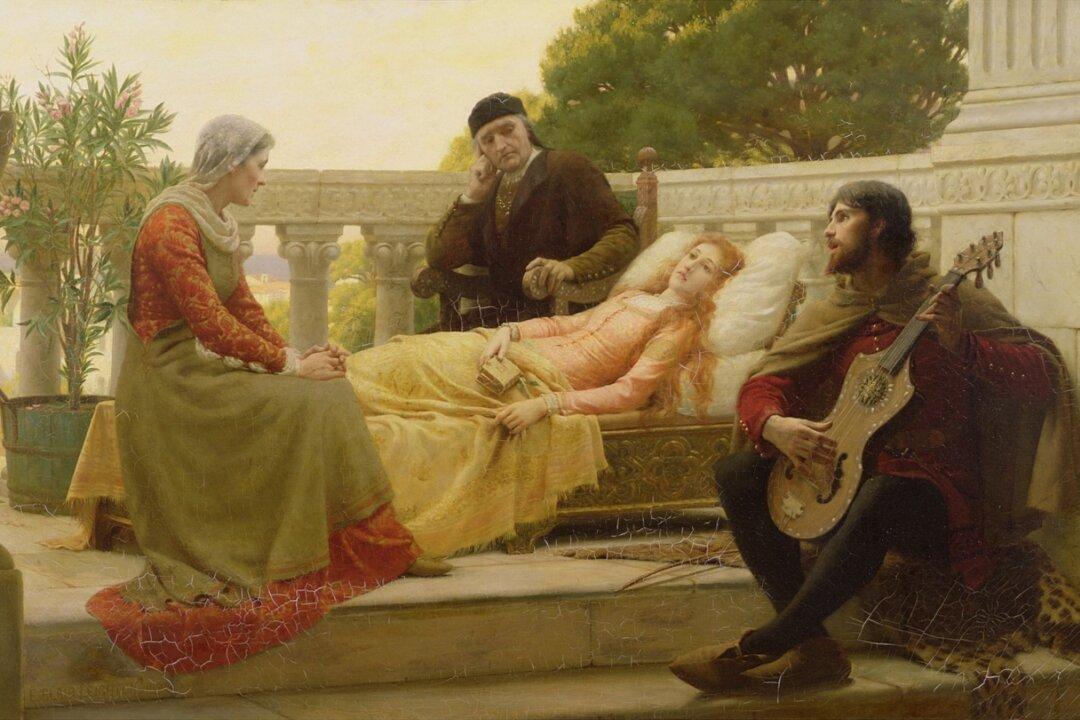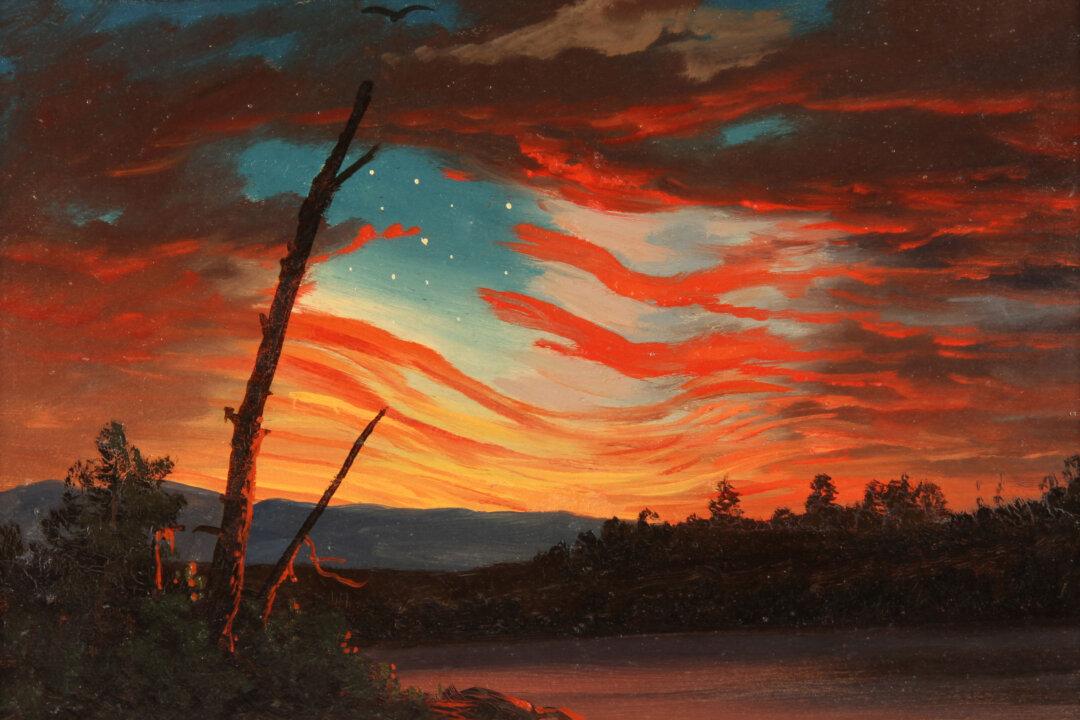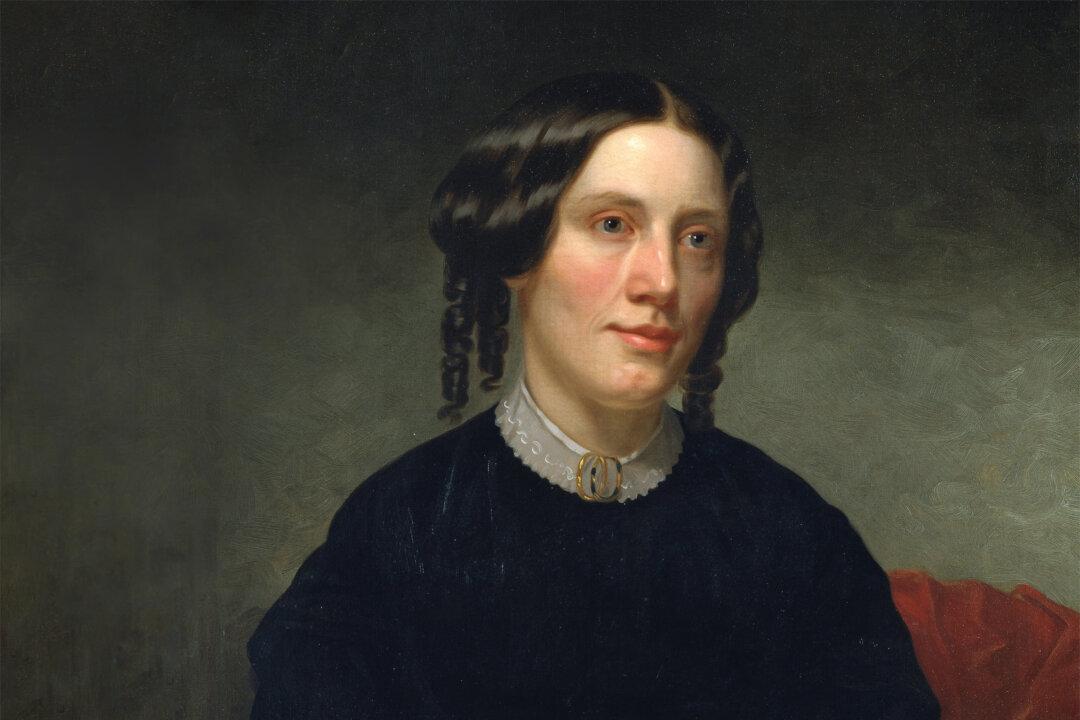“De profundis clamavi ad te, Domine” opens Psalm 130 (Psalm 129 in the older numbering system): “Out of the depths I have cried to you, O Lord.” Whether or not we embrace a religious faith is immaterial in our comprehension of these words. People of all ages, races, and faiths have found themselves dragged into terrible depths by some personal catastrophe, often involving the death of a loved one.
In their grief, some of the afflicted do indeed seek solace in God. Other distressed souls search for comfort in their friends and family. Some go to counselors or join grief support groups. The lonely and the desperate may turn for their relief to alcohol or drugs. One Roman politician and writer, Boethius (circa 477–524), who was imprisoned and later executed, engaged in an examination of Hellenistic thought to ease his mind and explain to himself his dire circumstances, and so left the world his masterpiece, “The Consolation of Philosophy.”






